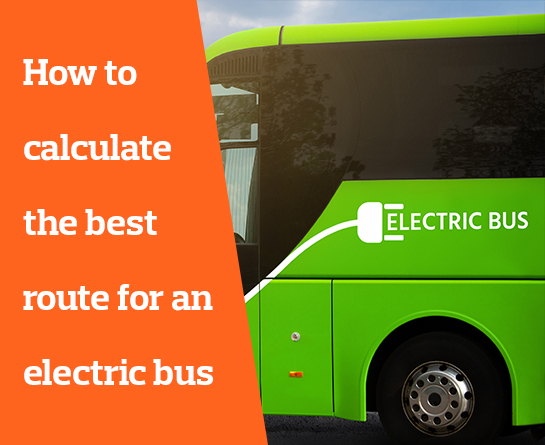Low emission bus fleets: analysing drive cycles to determine ROI on power choices and optimal routes
Many towns and cities are looking at their bus operations closely as part of a decarbonisation strategy. However, the transitional strategy towards a low emission bus fleet is still unclear. There are a number of low emission powertrain options available on the market and configuration of the system is sensitive to operational factors, such as the routes and operating timetable. Real drive cycles are needed to investigate the carbon impact of low emission bus operations.However, it's not always possible to get real drive cycle data because permission from the bus operator is needed and vehicle equipment such as data loggers are required to log the data. Also, buses serving the same route perform slightly different duty cycles during peak times and weekends. Therefore, there is a need to monitor several buses over a 7-day period.
What are TRL doing?
To meet this need for accurate and reliable evidence to support decisions by local authorities, bus operators, and power suppliers, TRL have developed a python-based tool which generates bus drive cycles, using information which is available in the public domain.The tool has interesting applications for informing local authority decarbonisation strategies, for instance, looking for bus routes contributing to the worst air quality hotspots. The tool could be used to compare different low emission powertrain systems as part of a bus fleet procurement or management plan. Or, potentially identify bus routes suitable for electrification (either using overnight battery charging or opportunity charging) and determine the additional power demand across the city.
Why?
Studies show the characteristics of a bus route has a greater impact on energy consumption than driving style. Bus operators are seeking performance evidence about low emission systems because the same system will perform well on one bus route and poorly on another, requiring different charging strategies. They need to be able to understand the power consumption and emission impact for the whole fleet, across all routes and all timetables because there will always be a trade off in play.This tool, particularly in a simulated environment, would allow them to explore all options without the need to provide operational data.
How does TRL’s tool work?
The tool initially captures bus route information: trip distance, duration and average speed between bus stops, plus daily mileage on weekdays and weekends. Extrapolating that data for annual mileage shows clearly the difference in profile between the distance covered by the bus as it enters and leaves its route, and the profile of the distance covered whilst in service and going from stop to stop.Using real service information from a London bus route from 2018 we were able to validate the methods and determine that the tool has a less than 10% error in calculating annual mileage. To achieve higher accuracy, we would need to account for dynamic bus frequencies based on latest timetables, and different stop durations at the terminal bus stops throughout the day.
We were interested to expand the capabilities of the tool to capture bus route information outside London by processing different sources of data. We chose a random bus route in Manchester and created a basic duty cycle. This gave us confidence that any bus duty cycle in the UK can be developed using our method.
The next step was to use the tool to calculate the energy requirements for a low emission bus on any profiled route and estimate the potential for carbon emissions savings for that route. We used average energy consumption figures based on the route characteristics (e.g. average speed, elevation profile, etc.). However, outputs would have been more accurate if we had high resolution representative drive cycles for the actual buses using the specified routes.
So, we refined the tool so that it generates drive cycles on a second by second basis. Our algorithm uses data from the Millbrook London Bus Test cycle (MLTB) which was developed for TfL by Millbrook. In order to validate our tool, we still need real speed data using a data logger and /or data from camera feeds following a bus on its route. Once we have this speed data and validate our tool, we will be able to develop representative drive cycles for any bus route in the UK with even no actual data needed from buses.
What’s next?
It is possible now to do some elegant modelling by combining this tool with a simulation of a vehicle of interest as it follows a precise drive cycle. By modelling the performance in a simulator of a conventional bus, we then have a benchmark to compare with alternative low emission vehicles. The combination of data from the simulation would allow a solid prediction of energy requirements, emissions savings, operating costs and requirements on charging/support infrastructure for a specific vehicle on a specific route. When applied to a fleet of vehicles over a network of routes, the impact of technology choices can inform policy and procurement choices.This research project has been undertaken by TRL as part of its Academy reinvestment programme. The research was led by Dr. Doros Nicolaides.

